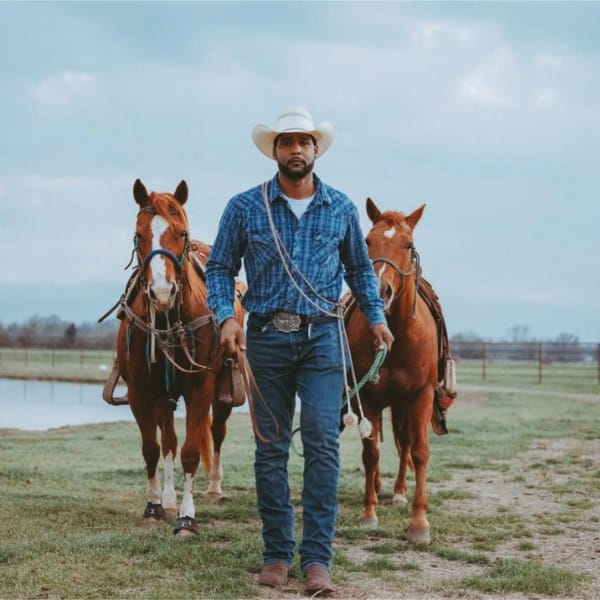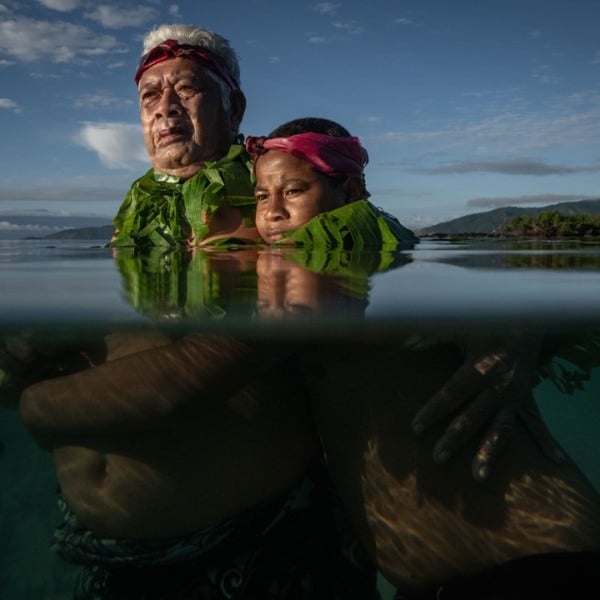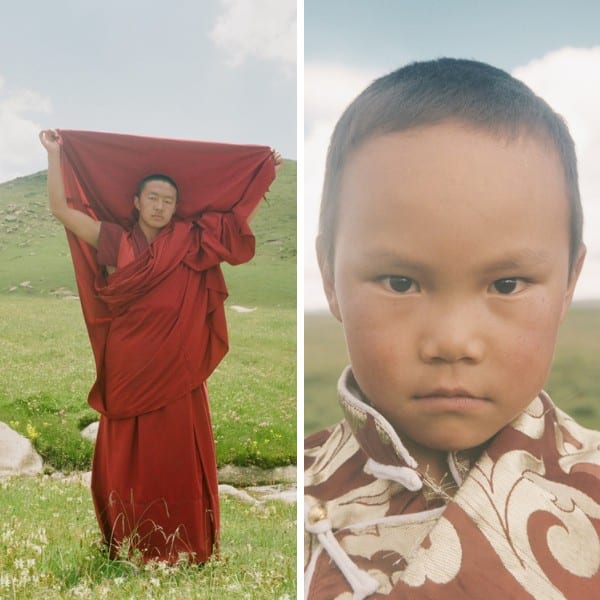As an ex-EMT and firefighter with a law degree, Denver, Colorado-based photographer Matt Slaby has a very diverse background. Now, as a professional photographer, his documentary style of shooting shows how his past experiences have all come together. Slaby has an amazing way of finding the true human side of a story, explaining moments that make you feel connected to the people who have actually experienced them. Slaby's current work has received honors from PDN and American Photography and his client list includes U.S. News & World Report, Newsweek, and The Wall Street Journal. One of his most recent assignments was for the Smithsonian Magazine and TIME – he documented one of the most tragic events in modern-day history: The BP Oil Spill. As he states, “One of the things that became apparent to me very early on was that the spill was really something that can only be described as conceptual in nature. Even from the satellite images, there's still no real way to get your head around the entire nature of the spill. The wellhead is under a mile of water; the oil is another mile under the earth. Because of the application of chemical dispersant on the surface slick, the problem of the oil became something of a multidimensional problem with dispersed columns of oil forming deep in the ocean as well as on the surface. In fact, in recent days, researchers have been able to confirm plumes of oil that persist at depth as well as sunken oil coating the floor of the ocean. Out of site, out of mind until you really begin to imagine the long-term outlook for the Gulf Coast. As one of our fisheries boat pilots pointed out, it's an unsavory (but truthful) proposition that most of the wildlife can be bred and replaced; the damage to the habitat is something that is permanent.” See the event through the eyes of Slaby and then read our interview with him, below.
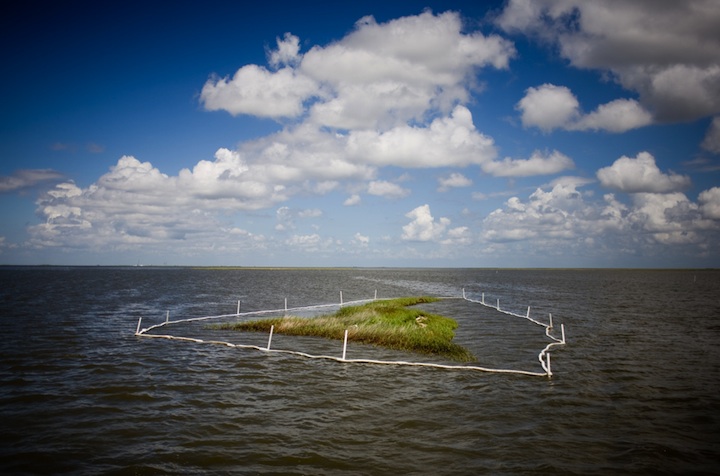
“Of course, showing something that is in the process of being destroyed or is gone is really a challenge for a photographer. The most effective illustration would be a time-lapse or a diagram of the changing landscape of the Louisiana coast, but that's not the medium I work in. The image that I felt really summed up this fragile relationship is an image of a tiny little island surrounded by absorbent oil boom near Grand Isle, Louisiana. The thin strip of white oceanic diaper is the only thing standing between an island as big as my backyard and a slick of oil more than forty times the size of the Exxon Valdez Spill.”
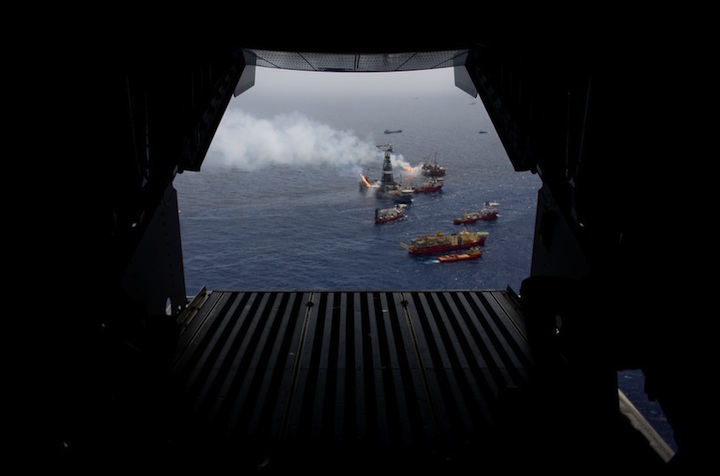
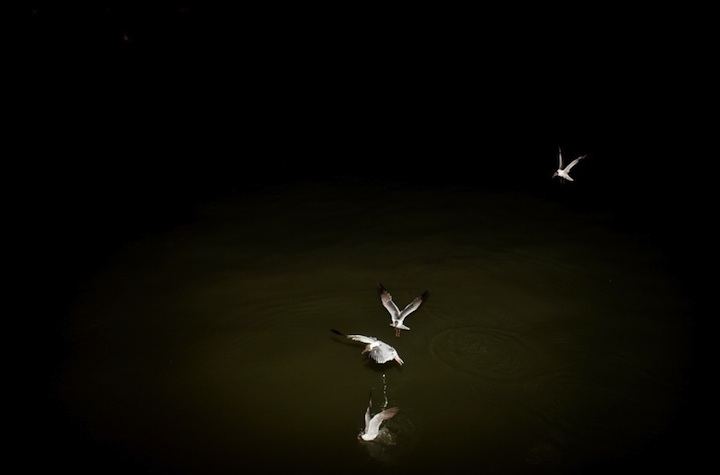
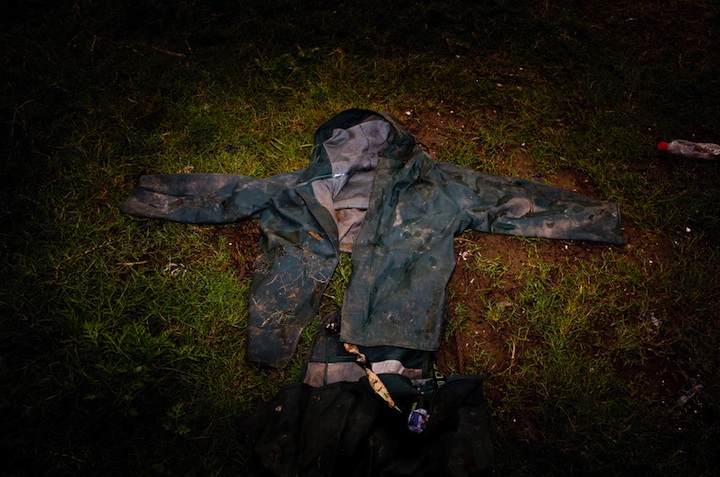
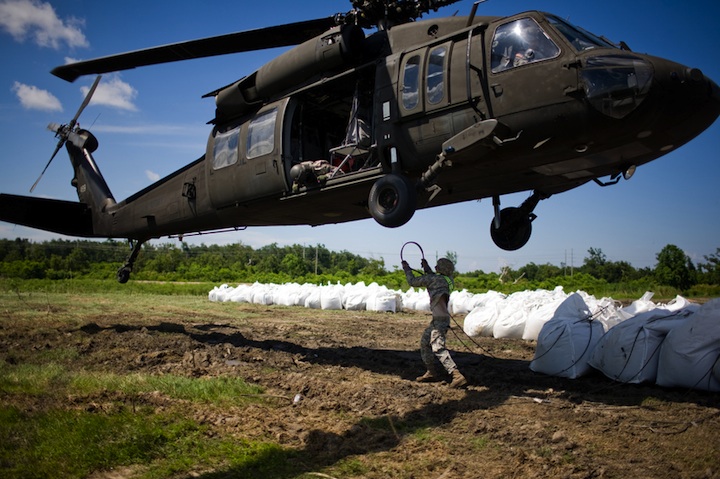
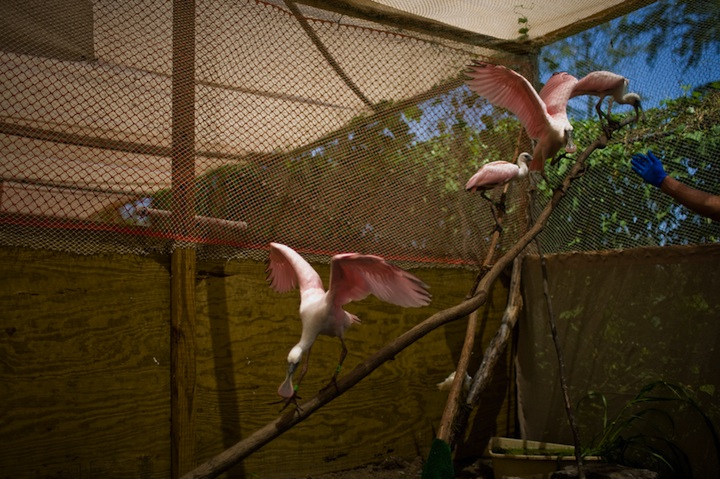
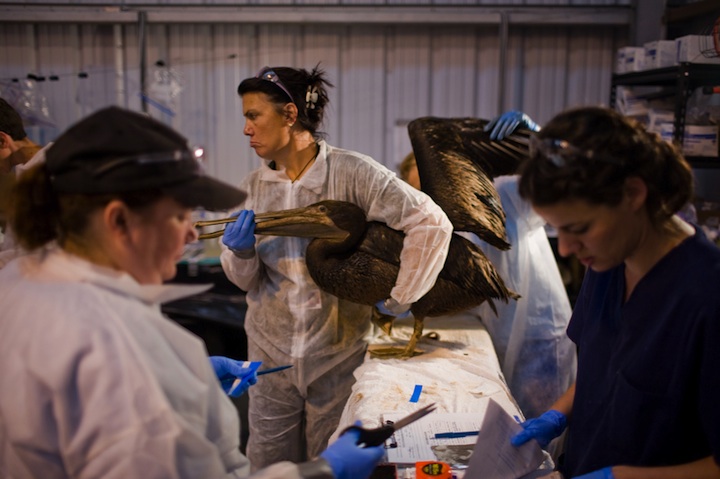
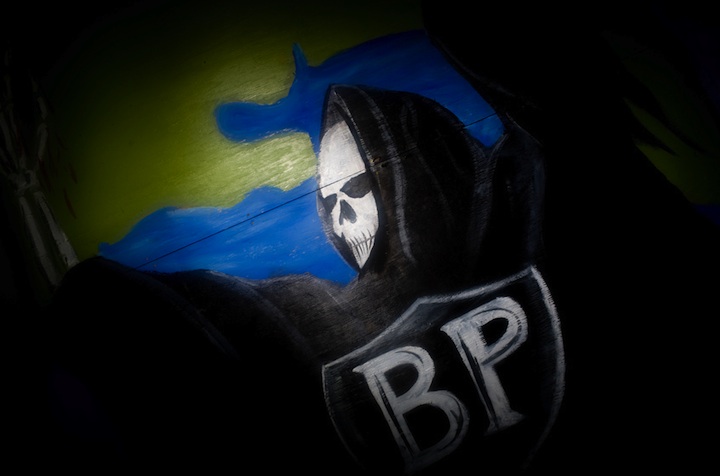


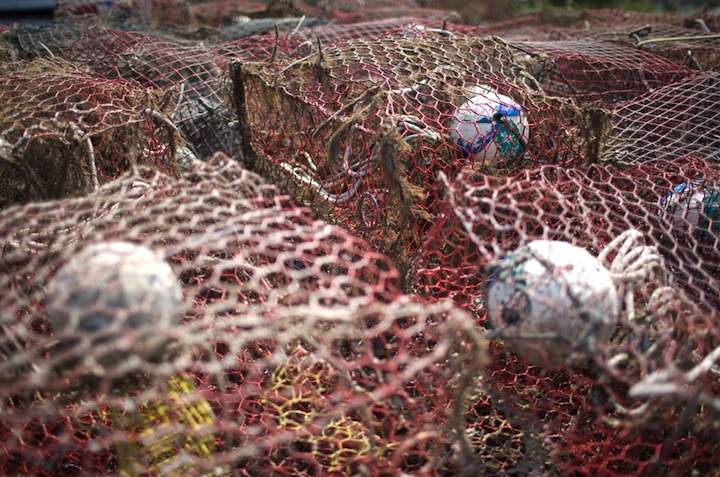
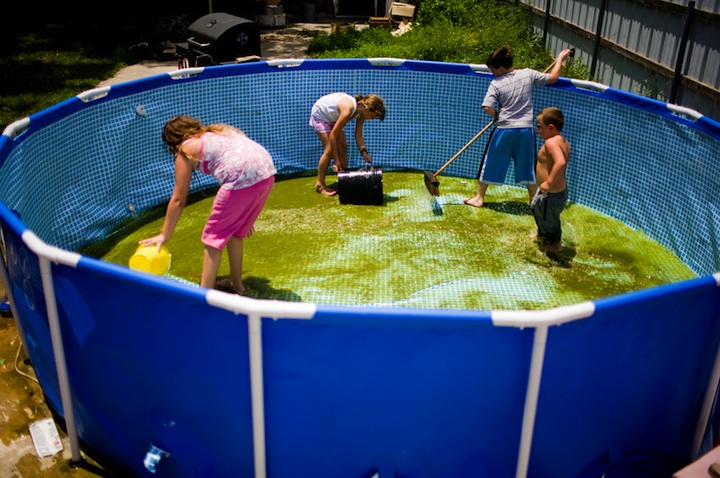
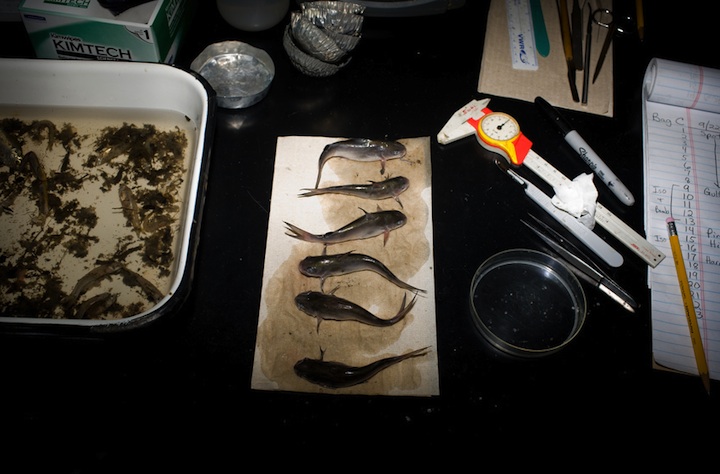
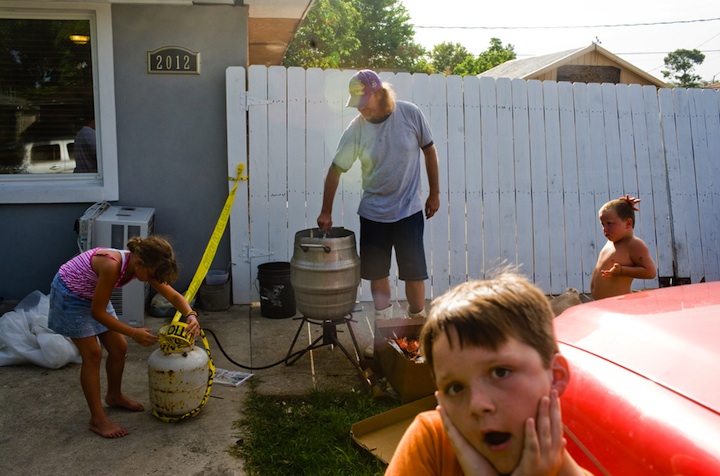
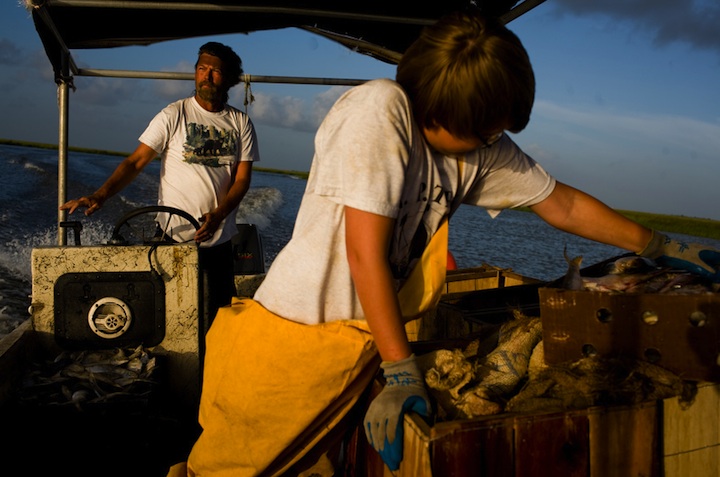
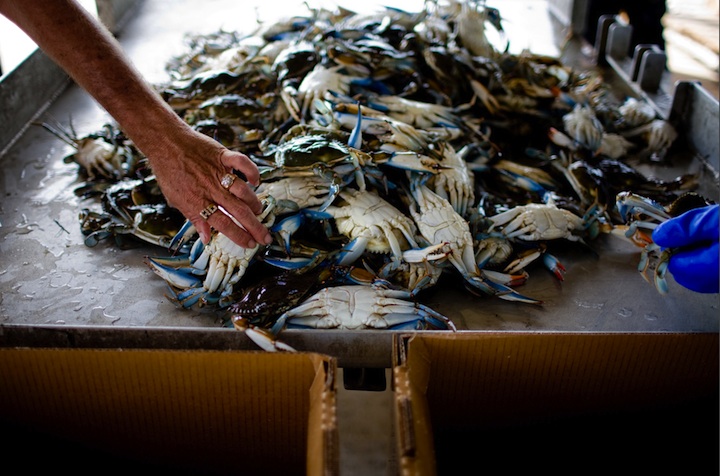
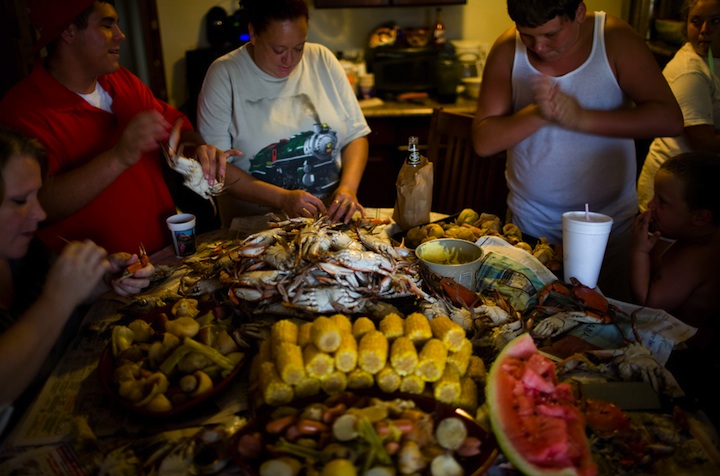
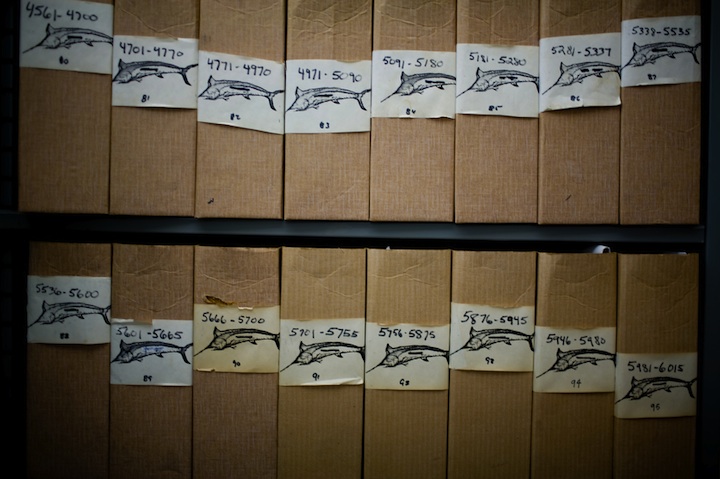
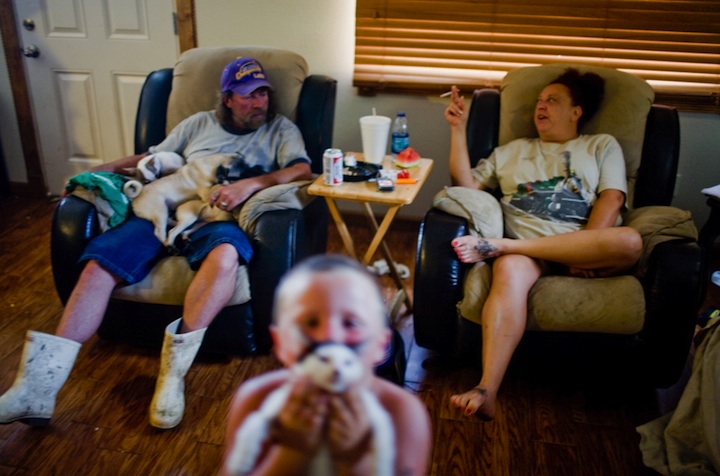
What do you enjoy most about photojournalism? What drew you to this career? There's no simple answer to this question. I've always been interested in photography, but I really found myself drawn to it after taking a class with New York Times contract photographer Kevin Moloney (www.kevinmoloney.com). He's a compelling and dynamic instructor and the class really captured my imagination. Why did you decide to shoot the BP oil spill? I was initially assigned to shoot the oil spill by Smithsonian Magazine. Once I was on the ground and shooting, I picked up more work from AARP Bulletin and Mother Jones Magazine. Each assignment was substantially different from the previous and allowed me to get familiar with the subject and explore different facets of the story. After being out of Louisiana for a few days, Time Magazine hired me to return and photograph a piece on the psychological toll the spill was having on people who had been repeatedly impacted by the disasters that have hit the region in recent years. The resulting body of work that appears on the LUCEO website incorporates each of these assignments into one, broad essay. I think there is a misnomer about photojournalism in the sense that this kind of longer-term work is not just something that you choose to do. It requires financial backing and clients with enough vision to know how much time and energy it takes to produce a quality product. It's definitely not just a matter of picking up everything to gamble on this kind of large-scale ambulance chasing. In my opinion, the lesson for photographers is to shoot what you know and what you love in order to build a portfolio. If it's close to your heart and you shoot it with that kind of respect and honesty, that body of work will transform into a portfolio that will allow you to solicit these kinds of jobs. What did you experience down there that you could not capture on film? I feel like that's a tough question for a photographer since so much of our job depends on trying to find visual ways to convey sensory experiences that transcend the basics of the image. How does your background as an EMT and wildlife fighter influence the way you shoot? I'm not sure that it influences the way I shoot so much as those experiences become part of a broader method. What I mean by that is that both of those jobs are unique in the way they bring you in contact with other people. In the ambulance world, your job really focuses on being able to establish rapport with a huge cross-section of people in a relatively short timeframe. Likewise, working on a hotshot crew puts you in close quarters with 19 other people with whom you must work (and coexist) for six months straight. Both scenarios ask you to sacrifice a bit of your own personality in order to achieve a higher goal. The same skill-set is relevant in photography. Being able to communicate in a genuine way with people from far outside of your own social niche is a really useful skill to have. Can you please provide the story behind the first photo in this series, the graveyard? The crosses were set up in someone's yard on Grand Isle, one of the hardest hit islands on the Louisiana coast. The crosses are all labeled with things that their builder felt were threatened by the spill. What are some pieces of advice you could give to aspiring photographers? To date, I believe that one of the best decisions that I've made has been to seek out the advice and support of other photographers. It's almost counter-intuitive to the way that photography –particularly photojournalism –has developed over the last half-century. The romance of the job has always been very individualistic, isolated, and lone-wolf-ish. To offset this tendency, I worked with several of my colleague-photographers to help found Luceo Images, a photographer owned-and-operated cooperative created with the explicit mission of supporting our craft both inside and outside of the organization. In addition to our work to secure editorial and commercial jobs for our member-photographers, we have also set-aside a percentage of our earnings to support the Luceo Project Fund. This fund supports significant long-term projects for our members and also funds our annual Student Project Award which is given each year to support one outstanding student photographer. We have also recently begun a campaign to make smaller, more-regular contributions to photographers whose work we are especially intrigued by. Starting this month, we will be giving out money through Flattr, a crowd-funding platform. You can read more about our Flattr contributions here. People who are interested in our work and programs can keep up with us on any one (or all) of the following platforms: Luceo's Website Luceo's Twitter Page Luceo's Facebook Page Thank you for this interview, Matt, and for sharing your story with us. Matt Slaby















































































